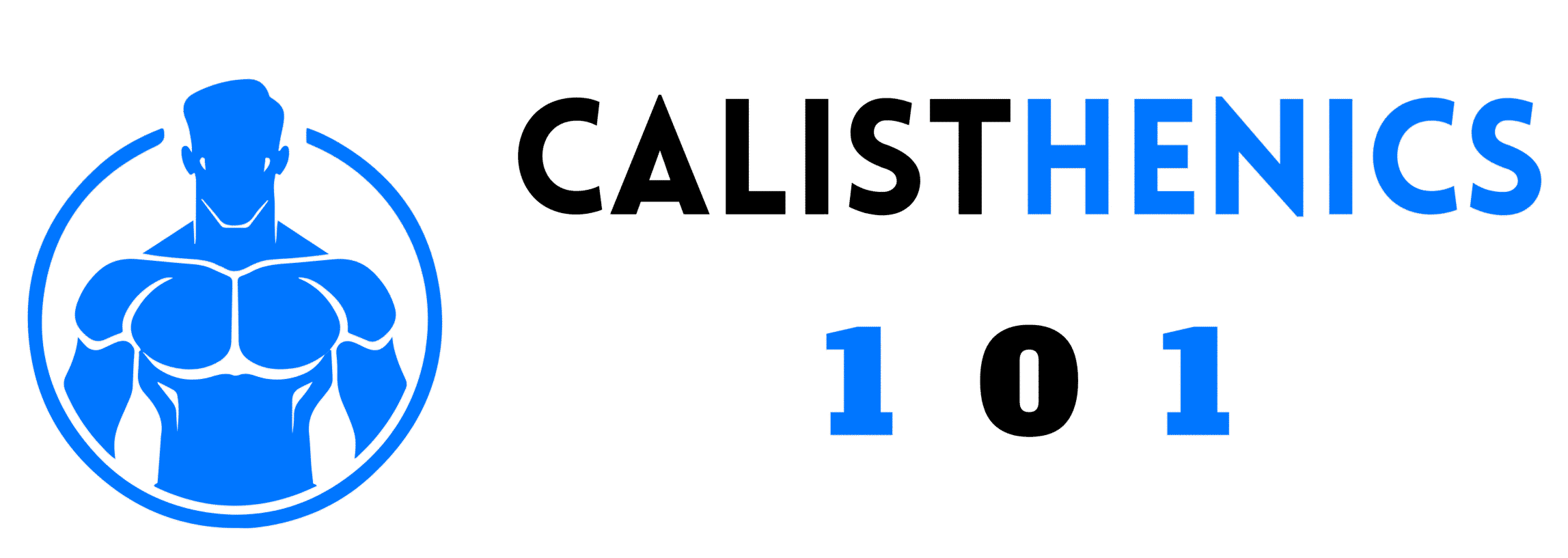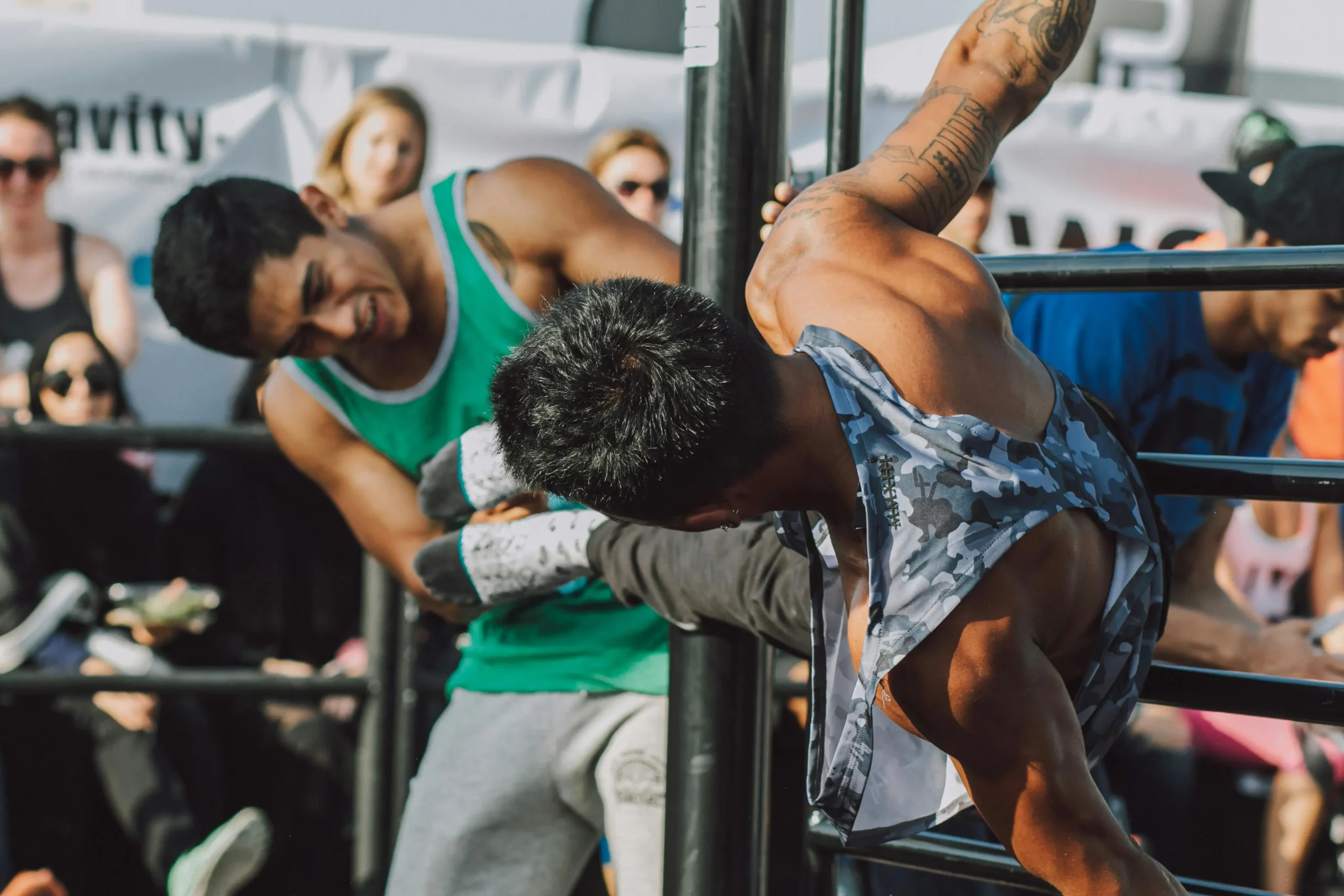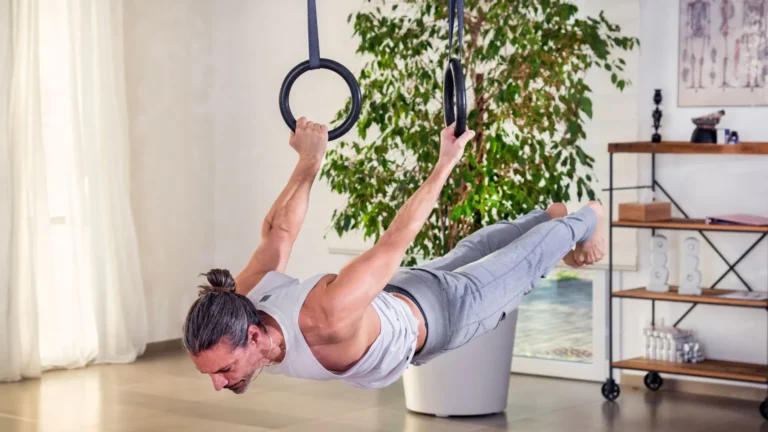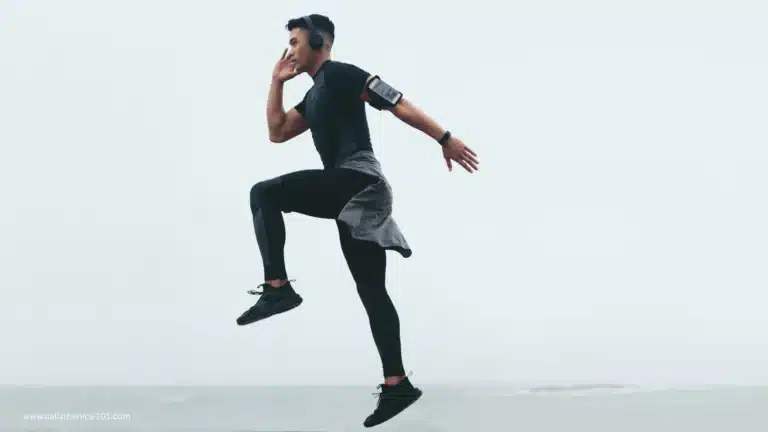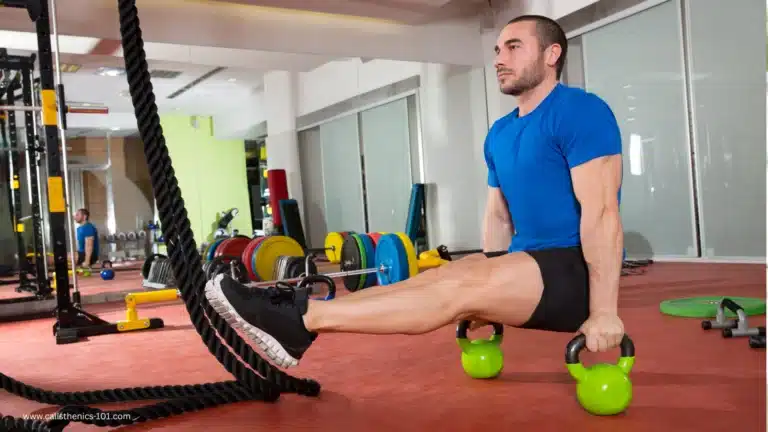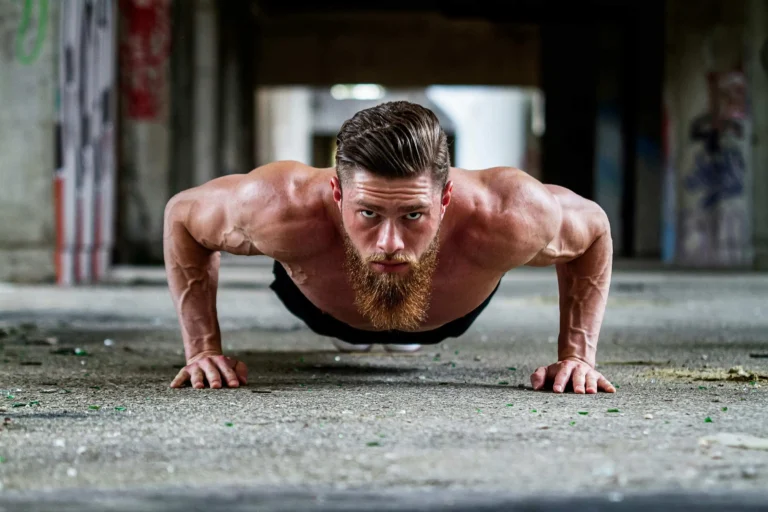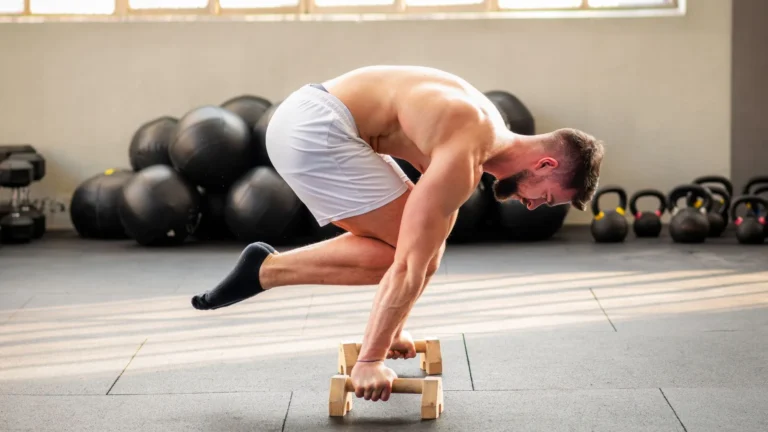Calisthenics Progression Plan That Actually Works for All Skill Levels
From Frustration to Progress: Why Most Training Plans Let You Down
You’ve likely tried sticking to a calisthenics routine before. Maybe you started strong, but somewhere along the way, the progress stalled. The exercises either got too easy or became impossible overnight. Sound familiar?
That’s because most plans don’t take into account your personal pace. They either assume you’re brand new or that you’re ready to train like a pro. What you really need is a calisthenics progression plan that adjusts to you, not the other way around.
This guide is designed to help you move from beginner to advanced calisthenics in a way that’s clear, structured, and—most importantly—effective. Whether you’re just starting or aiming to master advanced moves, this plan will meet you at your current level and lead you forward.
What Calisthenics Progression Really Means
Understanding Calisthenics Progression in Bodyweight Training
Progression in calisthenics isn’t just about doing more reps. It’s about improving your control, form, and the complexity of your movements over time. You’re not lifting iron—you’re lifting yourself, and that demands total-body awareness.
Progression works when you increase intensity gradually:
- Changing leverage (e.g., knees down vs legs straight)
- Slowing down tempo
- Reducing rest time
- Adding range of motion
These tweaks challenge your muscles without overwhelming your joints or burning you out.
Why Most Plans Fail to Deliver
Here’s where other routines let you down:
- They lack a clear structure for moving up levels
- They ignore individual ability and recovery
- They offer random exercises with no long-term vision
A real calisthenics progression plan should give you a road map—not just workouts.
Your Step-by-Step Calisthenics Progression Plan
This plan breaks down into four core levels. Each level builds on the last, ensuring you’re gaining strength, control, and endurance without plateaus.
Level 1: Starting From Scratch
Your Goal: Build a foundation of basic strength and body control.
Weekly Structure
- 3 workouts/week
- Full-body sessions
- 2–3 sets per exercise
- 60–90 seconds rest between sets
Exercises
- Incline push-ups
- Wall sits
- Knee push-ups
- Planks (front and side)
Progress Markers
- 30+ second plank hold
- 10+ clean incline push-ups
- Good posture during static holds
Once these moves feel too easy, you’re ready for Level 2.
Level 2: The Confident Beginner
Your Goal: Perform standard bodyweight exercises with stability and control.
Exercises
- Push-ups (standard)
- Bodyweight squats
- Negative pull-ups
- Hollow body holds
Start combining these into circuits to improve conditioning.
What to Track
- Form: no sagging hips or flared elbows
- Control: especially on the negative phase
- Endurance: 3 rounds with minimal rest
This level is all about clean, full-range reps. No half movements.
Level 3: Intermediate Skills Take Over
You’re now strong enough to explore more demanding bodyweight variations.
Exercises to Master
- Full pull-ups
- Parallel bar dips
- Pike push-ups
- Hanging leg raises
Alternate between push, pull, and core-focused days.
Pro Tip: Use tempo (e.g., 3-second negative) to increase intensity.
You’re aiming for:
- 5–10 pull-ups
- 10+ dips with full range
- Stable pike push-ups (forehead almost to ground)
Level 4: Advanced Calisthenics Mastery
Welcome to the world of advanced movement. These aren’t just workouts anymore—they’re skills.
Goals
- Unlock the muscle-up
- Practice handstand work
- Train pistol squats and lever progressions
Weekly Plan
- Day 1: Push
- Day 2: Pull
- Day 3: Core + Legs
- Day 4: Skill focus (e.g., handstands)
Include accessory work:
- Wrist prep
- Scapular control
- Mobility drills for hips and shoulders
You don’t have to master everything at once. Pick one or two skills to focus on per cycle.
Progression Chart by Skill Level
| Skill | Beginner | Intermediate | Advanced |
|---|---|---|---|
| Push | Incline push-ups | Pike push-ups | Handstand push-ups |
| Pull | Negative pull-ups | Full pull-ups | Muscle-ups |
| Core | Planks | Leg raises | Front lever/Back lever |
| Legs | Wall sits | Jump squats/lunges | Pistol squats |
Customize Your Plan for Better Results
Training for Fat Loss?
- Use full-body circuits
- Rest no more than 30 seconds between exercises
- Aim for higher reps with good form
Want to Build Muscle?
- Focus on tempo (3–1–1 rep tempo)
- Rest 60–90 seconds
- Lower reps, more sets (e.g., 4×6-8)
What to Eat to Support Calisthenics Training
Fueling your body matters. Here’s a basic plan to keep you energized:
| Meal | Ingredients | Notes |
|---|---|---|
| Breakfast | Oats, banana, almond butter | Great for pre-workout energy |
| Lunch | Grilled chicken, quinoa, avocado | Lean protein + healthy fats |
| Dinner | Salmon, sweet potato, steamed spinach | Ideal for recovery |
| Snack | Greek yogurt with berries and honey | Light protein + carbs |
Stay hydrated and eat enough to support your activity. Undereating will stall your progress.
How to Know You’re Ready to Move Up
Keep a simple training log. At the end of each week, ask yourself:
- Am I completing all reps with clean form?
- Am I recovering well between sessions?
- Am I feeling stronger or stagnant?
If you’re cruising through your current level with ease, it’s time to level up.
Avoid These Progression Pitfalls
Watch out for these common traps:
- Skipping your warm-up and mobility drills
- Training to failure too often
- Ignoring rest days
- Comparing your progress to others
Stay in your lane. Trust the process. That’s how real progress happens.
Conclusion: Your Roadmap to Strength Without Weights
The beauty of this calisthenics progression plan is that it adapts with you. You’re not following a rigid script—you’re building a relationship with your body. Strength, control, and confidence don’t come from rushing through flashy moves. They come from doing the basics better than anyone else.
Stay consistent. Stay patient. And celebrate the small wins along the way.
FAQ – Calisthenics Progression Plan
What’s the best way to start calisthenics if I’m a complete beginner?
Begin with foundational moves like incline push-ups, planks, and bodyweight squats. Focus on clean form and consistent effort.
How will I know when to progress to harder exercises?
If you’re completing all sets and reps with ease and perfect form, it’s time to increase the difficulty by adjusting leverage or switching to a more advanced variation.
Can I build muscle using only a calisthenics progression plan?
Yes. Muscle growth comes from tension and control, not necessarily from lifting heavy weights. Use slower tempos, increase reps, and apply progressive overload.
Do I need any equipment to follow this plan?
Not much. A pull-up bar and resistance bands are helpful, but you can start without any gear and still make solid progress.
Ready to Take the First Step?
Don’t wait for the perfect time. Start with where you are today. Save this progression plan, follow it step by step, and watch how far your own body can take you. Got questions or want help creating your own custom routine? Leave a comment or share your journey!
